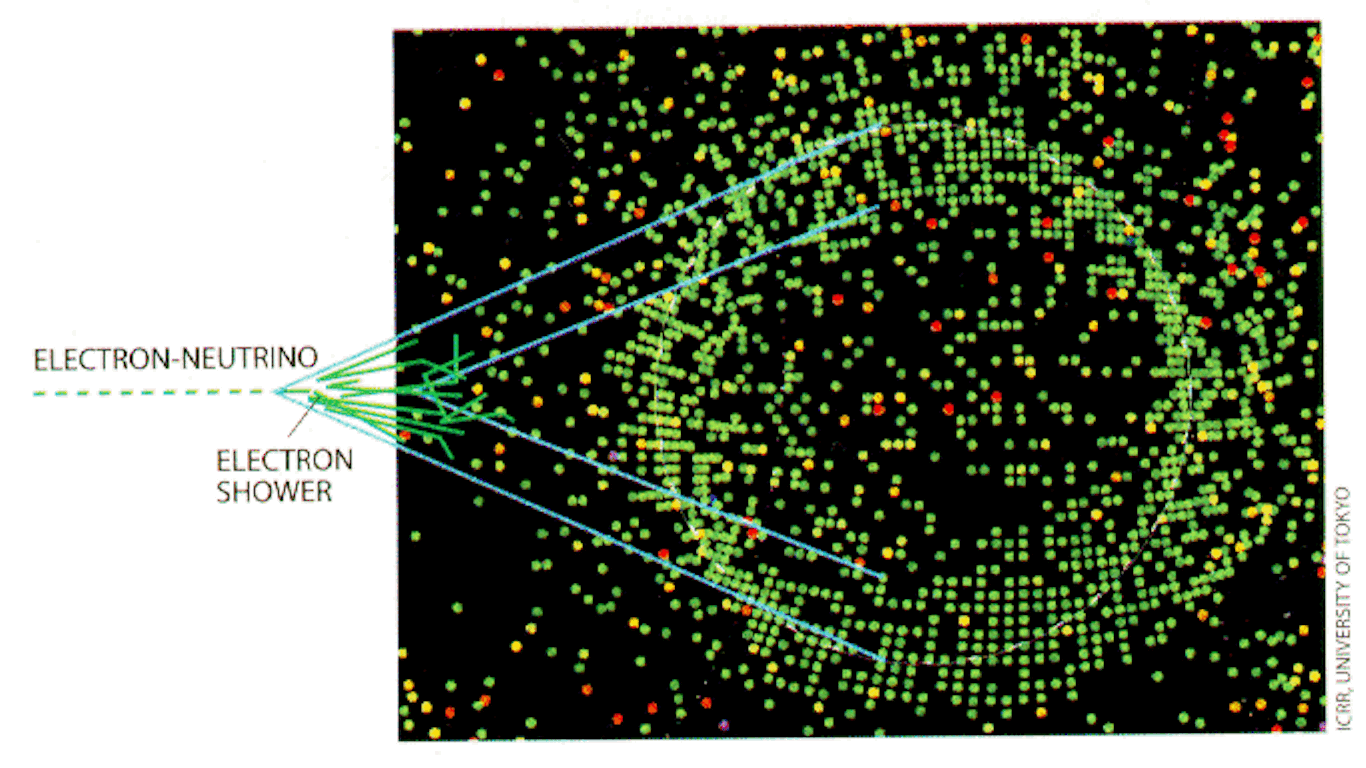

Together with the electron, it forms the first generation of. The results show that the indium level 2 p 1 / 2 for this decay branch leads to a significant increase in the number of EC events in the energy region sensitive to the electron neutrino mass. where the indexes e,µ, 1,2,3, and V are the elements of the neutrino mixing V. Expert Answers: The electron neutrino is an elementary particle which has zero electric charge and a spin of ½. The allowed decay transition 111In (9/2 +) → 111Cd (7/2 +), with a Q value of 3.69(19) keV, is a potential new candidate for neutrino-mass measurements by future EC experiments featuring new powerful detection technologies. Electron-capture decays to the excited states at 853.94(7) keV ( J π = 7 / 2 +) and 855.6(10) keV ( J π = 3 / 2 +), are energetically allowed with Q values of 3.69(19) keV and 2.0(10) keV, respectively. Put another way, a neutrino is 10 billion, billion, billion times smaller than a grain of sand. For comparison, one electron has a mass of 511,000 electronvolts. An electron volt is a measure of energy and hence its mass. Our results confirm that the excited states of 866.60(6) keV with spin-parity ( J π) of 3/2 + and 864.8(3) keV with J π = 3 / 2 + are ruled out due to their deduced electron-capture Q value being smaller than 0 keV at the level of around 20 σ and 50 σ, respectively. The current best estimate says that the sum of the masses of the three neutrinos should be below about one electronvolt. It has reported an upper limit on the electron neutrino to be 0.48 electron volts. The high-precision electron-capture Q value measurement along with the nuclear energy level data of 866.60(6) keV, 864.8(3) keV, 855.6(10) keV, and 853.94(7) keV for 111Cd was used to determine whether the four states are energetically allowed for a potential ultra-low Q-value β decay or electron-capture decay. A value of 857.63(17) keV was obtained, which is nearly a factor of 20 more precise than the value extracted from the Atomic Mass Evaluation 2020 (AME2020). A precise determination of the ground state 111In ( 9 / 2 +) electron capture to ground state of 111Cd ( 1 / 2 +) Q value has been performed utilizing the double Penning trap mass spectrometer, JYFLTRAP.


 0 kommentar(er)
0 kommentar(er)
